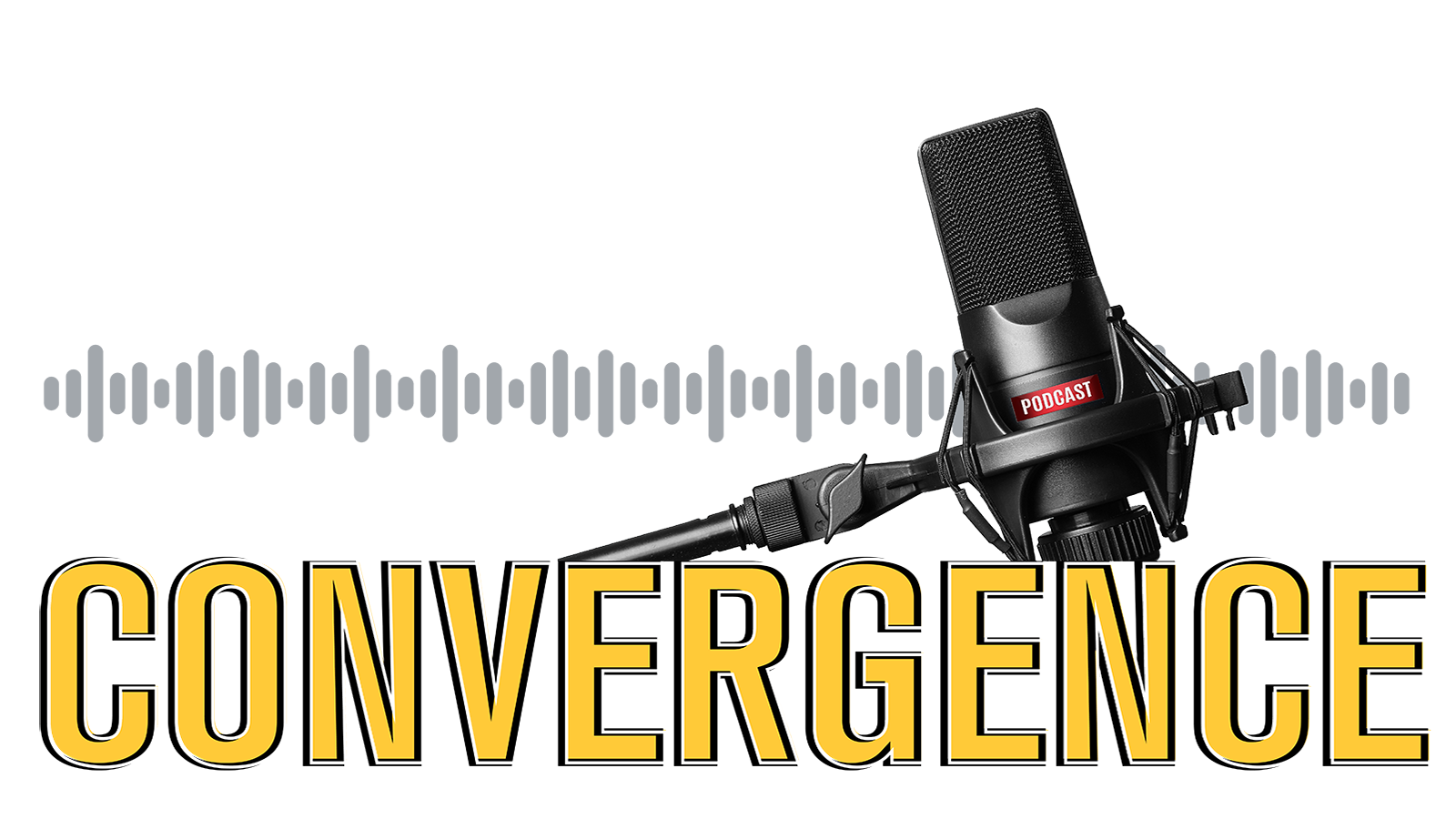
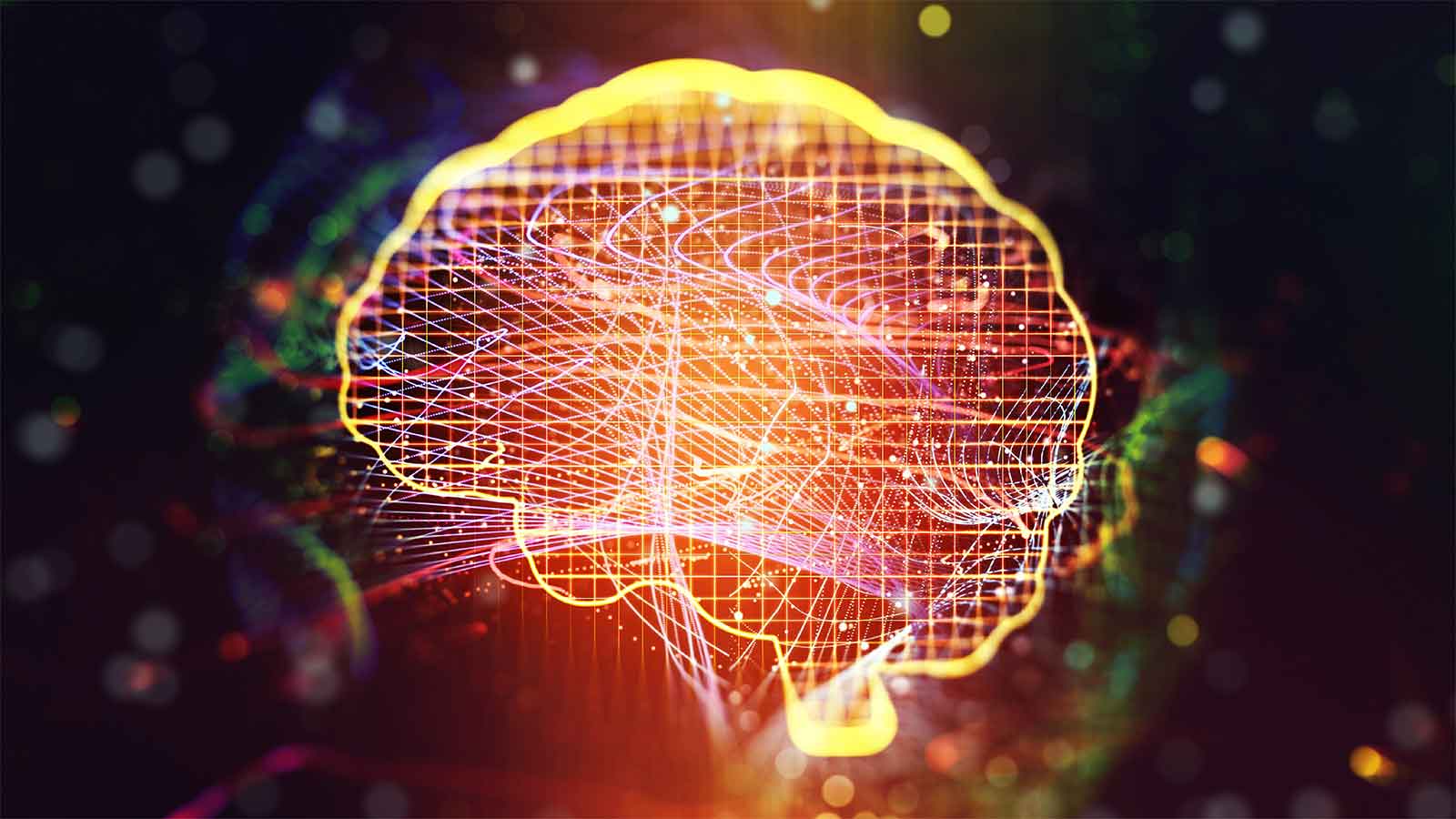
A conversation with Barbara Smith and Rosalind Sadleir
ASU biomedical engineering faculty members Barbara Smith and Rosalind Sadleir discuss the scientific and societal impact of their research. Dr. Smith talks about how her new FLAME tool is helping navigate the deep brain, and Dr. Sadleir discusses measuring electrical conductivity to lead to better disease diagnostics through neural tissue imaging. Join us for this conversation on some of the latest biomedical engineering advances happening at Arizona State University.
Podcast guests
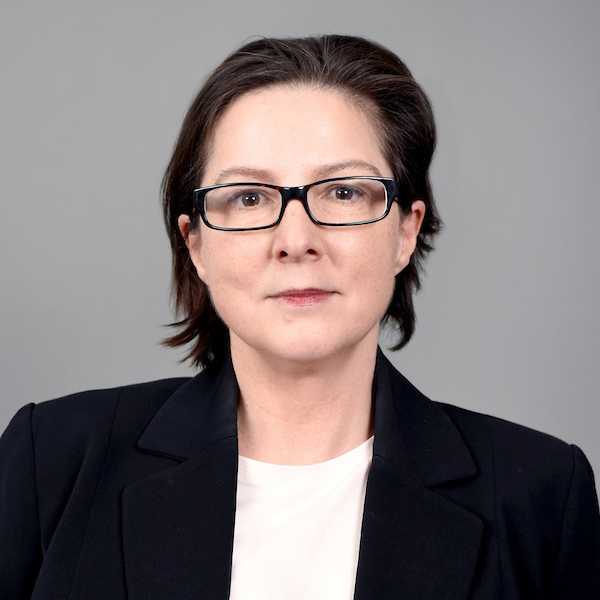

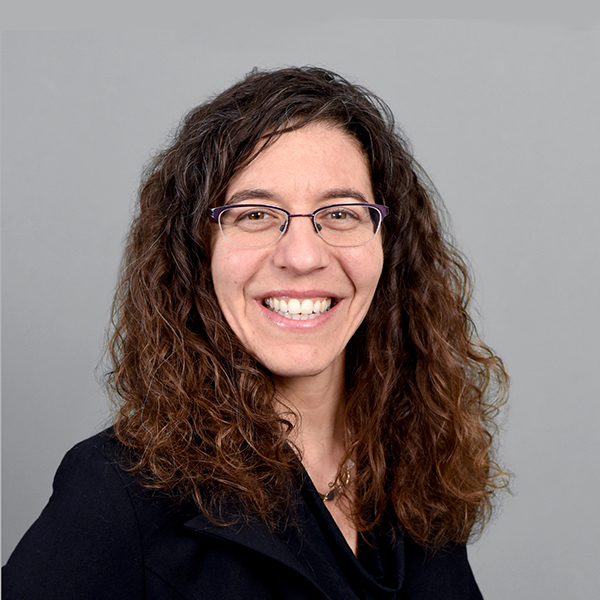
Podcast host: Lanelle Strawder, Content and Public Relations Manager, Ira A. Fulton Schools of Engineering
Transcript
Intro 00:08
Welcome to the Convergence podcast, brought to you by the Ira A. Fulton Schools of Engineering at ASU.
Lanelle Strawder 00:18
Welcome to Convergence, the podcast, a production of the Ira A. Fulton Schools of Engineering at Arizona State University. My name is Lanelle Strawder. And I work as the content and PR manager for the Fulton Schools. That means I have the pleasure of finding and sharing news and developments by faculty members and students in the nation’s largest and most comprehensive engineering program. Today we’re excited to learn about some of the amazing research happening in the School of Biological and Health Systems Engineering, one of six schools in the Ira A. Fulton Schools of Engineering at ASU. So let me start by introducing you to Marco Santello, a professor and director of the biomedical engineering school at ASU. Marco joined the university in 1999, and has held several leadership and faculty positions across the university. He directs the neural control of movement laboratory and for the past several years has been working on soft robotic haptic interfaces to improve sensory motor functions in the hand. Marco joins us today from his native Italy. Welcome Marco.
Marco Santello 01:25
Thank you, Lanelle. Now, it’s a real pleasure to introduce my school and tell you a bit about it. But most importantly, to introduce some of my faculty on this podcast. And just let me start by telling you that the school is the core mission of the school is to create effective solutions to improve human health. And the way we do that is by leveraging highly interdisciplinary expertise that we have among our faculty, but more also by interacting with the biomedical industry and clinical community. Some of you may know, Arizona State University does not have a medical school. But that has not prevented us in any way to grow our connection with the local clinical community, including the Mayo Clinic, the Barrow Neurological Institute, Phoenix Children’s Hospital, and others. And so we do this in a variety of ways. There’s a lot of support from the institution, of course, to build those bridges. But we also have a very good relationship with institutional partners as they seek our expertise in, in a number of areas. In fact, our school, you know, has several research thrusts and those are bioimaging; biosensors and bioinstrumentation; molecular, cellular and tissue engineering; neurorehabilitation engineering; and synthetic biology and systems bioengineering. And it was really interesting, you know, as a field in general, biomedical engineering, as we all know, is highly interdisciplinary. And each of our faculty, in fact, tend to work across more than one of these research thrusts. And, in fact, both faculty I’m about to introduce to you work across different areas. And this, let me start by introducing you, Dr. Barbara Smith. Who is an assistant professor in the areas of bioimaging and molecular cellular and tissue engineering.
Barbara Smith 03:22
Thank you so much for the introduction, Marco. Pleasure to be on this. Maybe I’ll start off and I’ll tell a little bit about my own research. So my long term research goal in the area that I’m going to be discussing today which is on bio imaging and and navigating to areas in the deep brain and the work aims to develop and apply a new technology. Which is called fluoro acoustic multi pipette electrode which is a term flame. And it combines high resolution recording patch clamp electrophysiology with photo acoustic and fluorescence feedback to give an understanding of where that electrode is in the brain and utilizes optogenetic modulation and for the ability to target neuro circuits that are known to be active in response to addiction. I’d say that experimental precision and throughput for highly utilized technologies. So, electrophysiology, maybe we’ll start off and I’ll tell a little bit so electrophysiology has been utilized since 1952. So Alan Hodgkin and Andrew Huxley were the first to unlock neural behavior with their groundbreaking micropipette electrodes. And then it was followed in 1976, by Erwin Neher, and Bert Sakmann, who improved on these micropipettes. And they all got Nobel prizes for their work. And it was extremely impactful in today’s micropipette electrode technologies remain largely unchanged from that. And then what’s utilized with these electrodes is typically external illumination in order to navigate to different cells of interest in the brain. And so that the external illumination that’s utilized two-photon microscopy or confocal, they have their depth limited. And so they can very well target neurons that are about one millimeter to two millimeters from the cortical surface, but they have a very difficult time navigating to areas in the deep brain. And so what we’ve done in in our lab in my lab is we’ve integrated optical and acoustic technologies into electrodes in order to give a visualization or actually target and track neurons that are at depths greater than two millimeters, and at depths actually as deep as the electrode can go. So this technology is being developed right now in my lab and got a handful of PhD students that are moving forward with the research. And where we’ve gotten to so far is I would say that utilizing electrodes as waveguides for optical and acoustic information will provide us or is providing us with an ability to robotically automate electrode technology so that we can target cells.
Marco Santello 06:36
Thank you, Barbara. That’s a great overview of your work. One thing I should bring up about Barbara is that she got recently awarded, was recently awarded an NSF CAREER grant that really underscored the significance and impact of this work. As you can imagine, being able to reach a deeper structure in the brain can be a game changer. So what do you see the most significant or promising application of new technology?
Barbara Smith 07:04
Oh, that’s great. So the first, thank you so much for the question. So the first area that we’re we’re moving into is opioid addiction and the national crisis that affects 1.7 million individuals and produces an economic burden of $78.5 billion annually. We’re aiming then to move into traumatic brain injury and Alzheimer’s and epilepsy and pain. And so I would say that the first step in this is really tool development and its initial application. So we’ve right now developed that tool. And the major goal is to get it into research labs across the nation and across the world so that other electrophysiologists can begin utilizing this tool and technology. I would say that the other the other area that we want to move forward with is outreach. And so I would say there’s, there’s the main the main challenge as a professor in the lab, I would say is that we have two products that come out of every lab, we have the students and we have the research. And it’s a matter of making both of those as impactful as we can possibly make and having those students when they move off into the labs that they’re going to be running, that they’re actually making waves and making changes and moving research forward.
Marco Santello 08:34
Okay, Barbara, thank you so much. It has been really interesting to hear about, you know, your research and most importantly, the long term impacts then, of course, at the research level, educational level is kind of a long lasting, you know, legacy, and impact. Thank you so much Barbara.
Barbara Smith 08:52
Thank you.
Marco Santello 08:53
And I would also like to introduce you, the next faculty in my school, Dr. Rosalind Sadlier, who also happens to work across two areas, which is bio imaging, but also neuro rehabilitation engineering. Ros.
Rosalind Sadlier 09:08
Yeah, thank you very much Marco. So, yeah, neuro rehabilitation is one of the interests that I have. The broad goal of our lab is to understand and to exploit the electrical properties of the body. And Barbara just touched on the importance of the electrical behavior of the body. But there’s also a great deal to be understood from the electrical properties, core electrical properties of the body, because they provide a really sensitive, invaluable indication of things like cell density, membrane properties, electrolyte concentrations, mobilities, and, of course, the presence or absence of disease. And so in our lab, we’ve been exploring electrical properties and behavior, over a range of applications and scales, and using a variety of modalities. Most recently, we’ve been using a technique called Magnetic Resonance electrical impedance tomography to try and both understand the passive electrical properties of the brain and the deep brain, which we hope will help people develop better methods for targeting using techniques such as deep brain stimulation, but also to look at the possibilities of finding functional imaging modalities from the technique that we’ve been using. And so the core technique that we’re using is trying to see how the body changes its conductivity in response to a particular physiological condition. And so most recently, what we’ve been doing, as Marco mentioned, is we’ve been looking at measuring and imaging electrical conductivity in subjects who are undergoing Transcranial direct current stimulation, TVCS, and the information that’s gained from that can be used to both inform treatment planning phases of an intervention, and also to possibly help us look at the mechanisms that underlie underlie these treatments, which are very poorly understood. And in the broader sense, what we’re moving on to is to think about applications involving things like cancer, and also, of course, because of the recent pandemic, looking at applications of related techniques, in helping treatment and monitoring in COVID patients.
Marco Santello 11:42
Thank you Ros. So, really exciting research program. And what really, really intrigues me is the fact that you also combine a number of techniques from experimental to modeling, to you know, from hardware to software in a very, you know, very interconnected way, which is really unique. I was wondering, so we all know that federal agencies, a number of them partner in on a number of initiatives, including, say the BRAIN Initiative, and novel techniques have been at the forefront of their priorities. So I wonder, given the nature of your work, and you know, your work has been recognized by numerous federal awards. What do you see the next, you know, the major obstacles or the next big thing, so to speak, in Biomedical Imaging? What do you see? What is preventing us from seeing on to the next level, whether it be, you know, imaging a larger number of neurons to, you know, temporal resolution, spatial resolution? Where do you see that? The challenges?
Rosalind Sadlier 12:49
Yeah, well, there are two things that I think will be really exciting, particularly in the area of brain. One is in, there are some fantastic improvements in modeling that have been done. So in actually simulating the behavior of multiple neurons, either in rehabilitation context, or in CNS, or in the actual brain context, and this really interesting stuff that’s been going on there. And that of course, can be helped by improvements in both modeling and imaging of real treatment currents and the other things there are, I think will be interesting to see going forward is improvements in treatments. So moving away, for example, if you’re looking at cancer treatment, moving away from gadolinium contrast as a mechanism for highlighting cancer tissue. I think there are so many really novel innovations coming out that don’t use contrasts that are pivoting on very interesting combinations of different mechanisms, working to highlight the specific aspects of tissue work properties, and those are some of the things that Barb is working on. And some of the things that are our colleagues in the school are working on as well.
Marco Santello 14:09
Fantastic. So I have one last question. And that is, you mentioned transcranial magnetic stimulation, you mentioned transcranial direct, electrical stimulation. And you know, there, there is now a growing number of neuromodulation techniques, we learn more and more about what works, and most importantly, how they work. So I was wondering, you know, going back to the to the biggest question, what do you see that the new frontiers of neuromodulation? Because clearly, we want, ideally, in humans, something that is non invasive. Something that an alias with high spatial resolution, very targeted.
What do you see the future there? And you also see a need to in parallel develop better modern technique to really understand the mechanics of this techniques.
Rosalind Sadlier 14:59
Yeah, well, ultrasound targeted sound is an, is a really interesting technique that’s coming up at the moment. And that has the advantage of some of the electromagnetic techniques is, is that it’s better able to be focused, which is very interesting. And people are also working with temporal focusing of of electrical currents, which is quite a fascinating field in itself.
Marco Santello 15:24
Okay, thank you so much Ros. We appreciate both your overview and Barbara’s overview. It’s been a really fun chat. Now I give my give the mic back, Lanelle.
Lanelle Strawder 15:36
Thank you so much to each of you. It was such a pleasure to learn so much more about the innovation that’s happening in neural modeling and imaging. And so we’re almost out of time here. But before we go, Marco, is there anything that we haven’t covered that you’d like our audience to know?
Marco Santello 15:52
I would just like to pick on, what Barbara said in her concluding remarks that ASU as a whole. And of course, our schools in the College of Engineering, are really driven by our ultimate metric of impact. And that is our students. Because those are in the in our, so to speak, in air quotes, our final product in terms of the knowledge that we impart to them, and the hope that they’re going to use it to improve the human health condition, which at the end, what drives our teaching, our research, our service. And so I just wanted to conclude by you know, restating that that’s the ultimate drive, that make you know, faculty like Barbara and Ros, to do what they do and the rest of the faculty of course.
Lanelle Strawder 16:37
All right. Well, thank you, Marco, for joining us. And thank you also to Barbara Smith and Rosalind Sadlier, just two of our faculty members here in ASU’s biomedical engineering program. Barb and Rosalind, Do you mind sharing your contact information for listeners who want to learn more or interested in collaborating with you?
Barbara Smith 17:00
Glad to so my email would be the best way to contact me and it’s my full name Barbara [email protected] and I look forward to hearing from you.
Rosalind Sadlier 17:11
And email is the best for me as well. My name My email address is [email protected].
Lanelle Strawder 17:22
And if you’re interested in learning more about Barb or Rosalind’s research, you can visit us at sbhse.engineering.asu.edu. Again, I want to thank all of our guests today. And for listeners, we hope that you’ll join us for the next episode of Convergence, the podcast.
Outro 17:48
Thank you for listening to Convergence the podcast brought to you by the Ira A. Fulton Schools of Engineering at ASU.
Transcribed by otter.ai
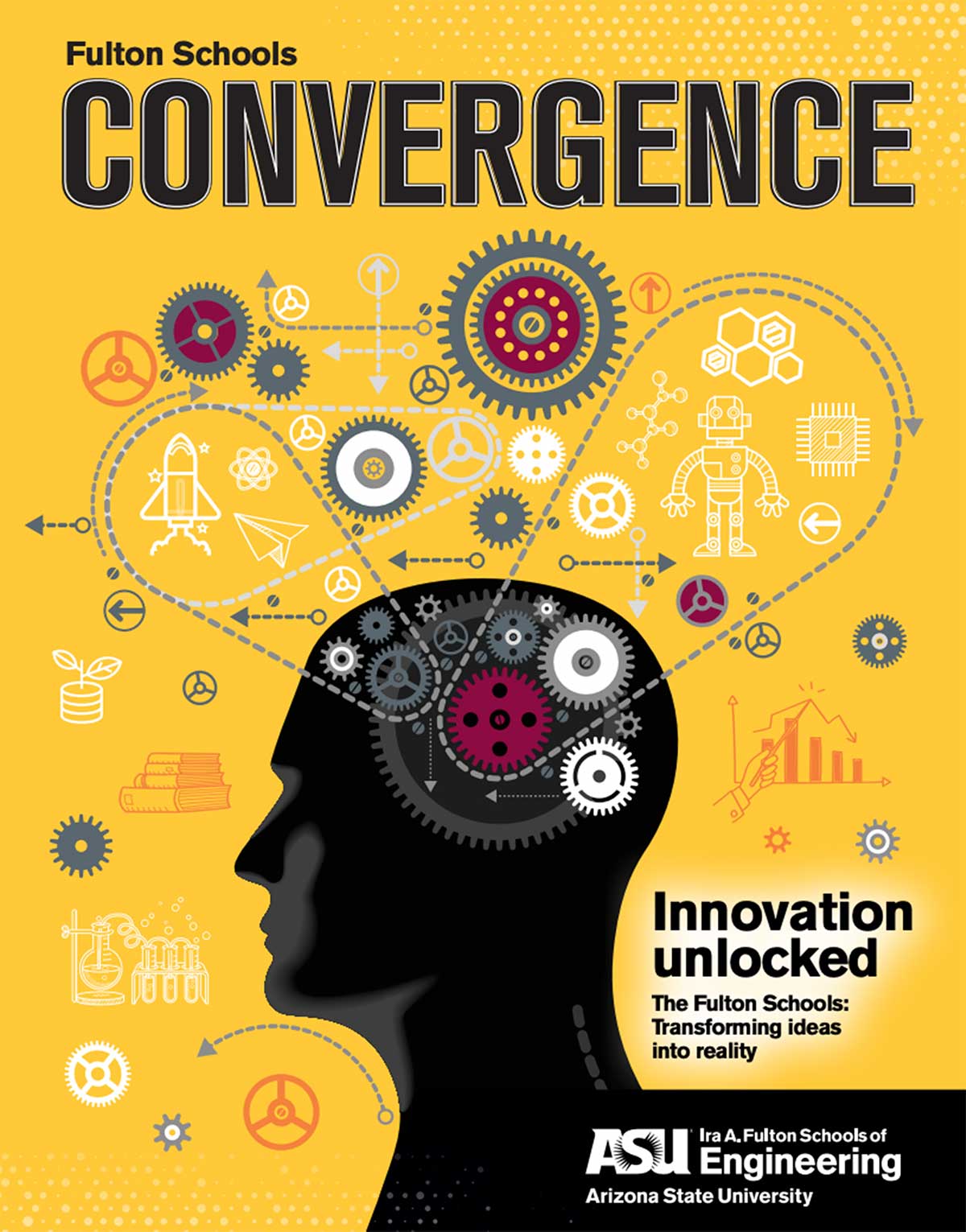 Read Convergence 2020
Read Convergence 2020
Discover stories of innovation, sustainability and technological advances in Convergence, the official magazine of the Ira A. Fulton Schools of Engineering.